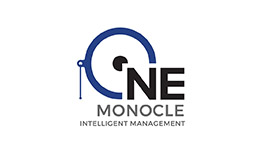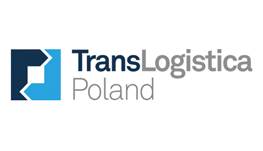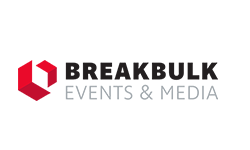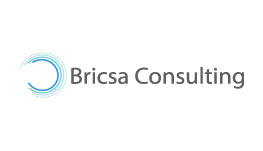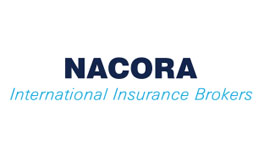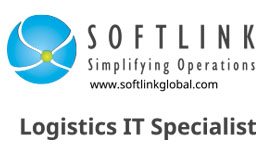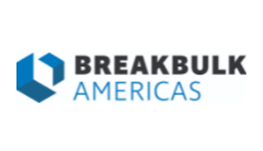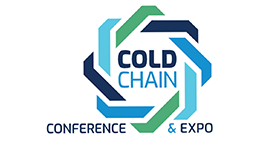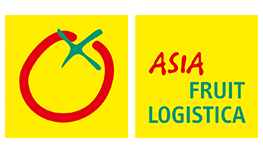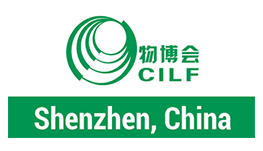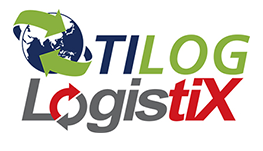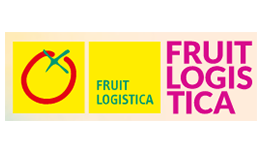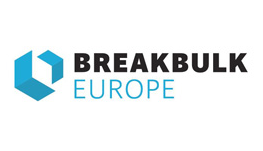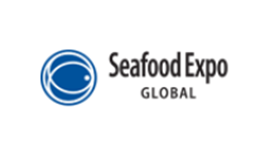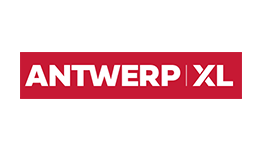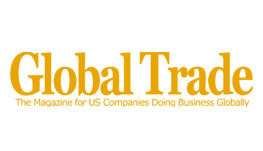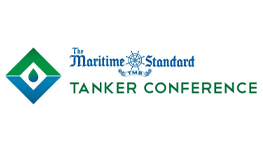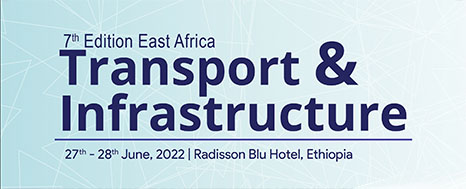Cold Chain Monitoring Using Data Loggers


Cold chain monitoring has never been at the forefront of the conversation up until the COVID-19 pandemic struck us all. While the cold chain has been a staple in pharmaceutical transport, the monitoring aspect is still evolving. So much more with the urgent need for vaccines against COVID-19. Innovations in cold chain monitoring are significant developments in hurdling the logistical problems of vaccines nowadays.
Wireless
One specific feature that supplements cold chain monitoring is data loggers. They are referred to as pieces of handy equipment critical in temperature monitoring. These data loggers are vital to track temperature conditions regularly. They are essential in the transit of drugs and vaccines to make sure they are following the guidelines.
There are different types of data loggers. Classification as according to their function:
1. QR Data Loggers
The revolution of QR codes enables quick data logging. Through QR codes, real-time temperature logging became possible. Scanning the barcodes or QR codes can present accurate temperature ranges relevant to prescribed conditions. QR codes’ tangibility fast tracks the logging, relay, and tracking of temperature readings during transit.
2. Wireless Temperature Sensors
Wireless sensors are portable electronic devices that are handy to record temperature in specific remote locations. It is efficient in long-range monitoring setting because wireless temperature sensors can be connected to the internet and may send their collected data in a supporting online dashboard. Temperature readings can be viewed in its cloud monitoring platform using mobile phones and laptops.
However, as efficient as it may, there also cons in using wireless set-up. As this system functions with help of the internet, connectivity disruptions often get in the way. These disruptions often happen when the sensor or the vehicle reaches a weak spot for connection. Also, in this system hardware compatibility is necessary. If the devices are not compatible with each other, it may be detrimental to data collection.
3. Mechanical Data Loggers
They are old school logger but still fits the bill. They come as standalone hardware that does not need a computer supplement. Mechanical temperature loggers display read data to a chart which is built-in the logger. Users can strip the paper chart to check data reading.
4. Electronic Data Loggers
The mechanical loggers are the precursor to newly developed electronic ones. This type is dependent on a computer. Typically, they are flexible compared to mechanical ones. Users can program temperature ranges, and it will record data according to it. Upon checking, users can detect data outliers in the process. Electronic data loggers can also work alongside QR codes and sensors. Because of its capacity to do centralized monitoring, data transmission can ensue. There are special software systems that can work in the tracking of these electronic loggers. The software can provide reports and data documentation as required by users.
Selecting temperature data loggers can also be based on several factors. There are vital features one should consider in determining the suitable data logger. Because it is a need in monitoring, ease of use and data integration is one of the many quality checks necessary. The best data loggers would usually come with these features:
cost, reusability, and battery life
data export and integration
temperature range
resolution and response time
environmental resistance (humidity, water, condensation)
To be specific, these are the essential feature to consider:
Accuracy and Precision
Because cold chain monitoring deals with precise parameters, accurate reading is a must. Accuracy would ensure that the reading is close to the specific value in a storage condition. In checking the temperature at regular intervals, precision is also significant. Precision ensures that temperature data has relatively close intervals. Any outlier reading is a warning and needs checking.
AKCP wireless sensors work as a pair to check each other’s value to ensure accuracy. This capability can detect acceptable tolerance reading. Any change beyond that transmits a warning that requires re-calibration.
Working Life
Battery life is as essential to data loggers as power is vital to cold storage. Because data loggers run faster and record instantaneously, the device is susceptible to more power consumption. There are modern sensors with portable battery capacities. This serves as an alternative power source to supplement the sensor running life.
Reusable sensors are more cost-effective in the long run as well. Transporting vaccines from one place to another requires several runs. Reusable sensors are a cost-saving measure one would like to have. A logger’s environmental resistance also accounts for its reusability. Any data logger that is resistant to environmental conditions ensures the sustainability of monitoring. Damaged sensors due to humidity or condensation will also compromise the tracking process.
Data Transfer

Remote monitoring of Cold Chain Data Using AKCP Pharma-Mon Server
It is well-established that loggers are only the first point of cold chain monitoring. The endpoint typically lies in a software platform. This platform should be capable of presenting reports. The reports gathered are part of the granular visibility relayed by the sensors. This is why data transfer is essential in a monitoring process. Data is the currency of cold chain monitoring. The ease and speed of data transfer are a must-have in investing in a data logger. Data accessibility is also a practical feature that aids in getting the most comprehensive tracking. This is especially crucial in remote monitoring.
Wireless data sensors pave the way for ease in reporting and analytics. Integrating the cold chain data to software platforms guides action steps in cold chain monitoring. Prediction and forecasting can fix chokepoints in the monitoring process. Wireless data transfer reduces the data challenges as well. Easy data capture provides a seamless relay of the necessary documentation to all relevant stakeholders.
Resolving Cold-Chain Challenges
Because of temperature data loggers, cold chain issues are easy to deal with. This is true in logistical processes because as portable and tiny as they may seem, these temperature loggers serve a significant purpose in resolving cold-chain challenges.

1. Regular Monitoring
The cold chain logistical process is continued up until the intended recipient. Monitoring this process requires uninterrupted checking of environmental conditions. Specifically, temperature tracking is in regular intervals. Regular monitoring is a way to ensure that the quality of products is not compromised.
In a logistical environment, temperature varies. Temperature is also affected by the many touchpoints a cold chain has. Regular monitoring is a critical process to ensure that transit follows the acceptable temperature range.
2. Temperature Warnings
Because of regular monitoring, it is quick to detect any fluctuations. Temperature sensors can relay warnings immediately when reading is beyond ideal. These warnings are relayed through a software platform. For real-time notifications, delivery of information is through SMS or emails. These instant alerts make it easier for the user to follow the standard operating protocol. This can ensure that the cold chain is in good condition. Implementation of corrective measures is easy to recalibrate in any temperature fluctuations
3. Concrete Data Evidence
Data documentation from regular intervals is concrete evidence that the logistical operation followed transit specifications. Evaluation of the cold chain logistics can be easy with proper documentation. The report of data records all relevant incidents that may hamper the cold chain. Data loggers can record timestamps, locations, and even user handling to provide a comprehensive picture of how the product was relayed.
With the help of data loggers, there is a lesser error occurrence. Schedules are followed on time. Automated readings have granular specifications. The inquiring analysis is straightforward. All this helps make proper action steps. It also accounts for sound practices in the process.
Final Choices for Monitoring
There is no overarching data logger that can perfectly fit one’s monitoring needs. A temperature logging system has different facets that, when incorporated successfully, can provide a good monitoring outcome.
Here are some of the questions that will specify your monitoring requirements:
Do you have a logistical timeline?
Following the timeline, is there a standard monitoring interval?
Do you need reading timestamps?
What parameters are considered for tracking?
Is it just temperature?
Should you consider other environmental parameters?
What are your reporting requirements?
How often do you check data reading?
What devices are accessible for you to check data?
Are alerts a necessity to your monitoring capacity?
How will you analyze your data?
What are your data loggers’ specifications?
Do you need help with installation?
Will you need a software platform?
Is there a calibration or maintenance specification you require?
Resolving these questions can help pinpoint the necessary features in monitoring. This will specify the critical monitoring aspects. The answers to these questions will help filter your data logger options.
AKCPro Pharma-Mon Server by AKCP
True to your monitoring needs, AKCP manufactures professional sensor solutions built-in 3 key aspects: technology, quality, and compliance. Pharma-mon goes beyond wireless range and penetration in remote sensor deployment. It is built upon Semtech’s LoRa radio technology for superior penetration better than WiFi or Bluetooth. AKCP’s temperature sensors also went thorough calibration testing procedure. This ensures that the performance of pre-calibrated sensors is topnotch. Pharma-mon software is FDA Part 11 compliant that is specific for storage and retrieval of data.

Pharma-mon Server by AKCP provided comprehensive live monitoring of your cold chain. AKCP’s wireless censure provides GPS tracking to check locations. Sensors serve as data loggers that provide real-time updates. All data are then sent to AKCPro software. This is a cloud monitoring feature to view graphs and generate reports.
This is a robust monitoring solution fit for all of your cold-chain needs. It provides the right amount of flexibility and accuracy whatever is your tacking needs.
Cold chain monitoring has a variety of tracking dependencies. It is always wise to factor in industry experience and expertise. These factors can assure you that your monitoring requirements are covered.
Source: pharma-mon.com
Member Testimonials
Our Partners
X2 Conference
Our special networking event is about smart freight forwarders coming together to grow and develop business within the group by providing an opportunity for all members to gather in one place to form and extend personal relationships.
- 1
- 2
- 3
- 4
- 5
- 6
- 7
- 8
- 9
- 10
- 11
- 12

NEW YORK
- 1
- 2
- 3
- 4
- 5
- 6
- 7
- 8
- 9
- 10
- 11
- 12

sao paulo
- 1
- 2
- 3
- 4
- 5
- 6
- 7
- 8
- 9
- 10
- 11
- 12

london
- 1
- 2
- 3
- 4
- 5
- 6
- 7
- 8
- 9
- 10
- 11
- 12

dubai
- 1
- 2
- 3
- 4
- 5
- 6
- 7
- 8
- 9
- 10
- 11
- 12

bangkok
- 1
- 2
- 3
- 4
- 5
- 6
- 7
- 8
- 9
- 10
- 11
- 12

hong kong
- 1
- 2
- 3
- 4
- 5
- 6
- 7
- 8
- 9
- 10
- 11
- 12

tokyo
- 1
- 2
- 3
- 4
- 5
- 6
- 7
- 8
- 9
- 10
- 11
- 12

sydney
Book a Discovery Call with our Network Development Managers
Got questions or want to explore new opportunities within our networks? Schedule a one on one meeting with our Network Development Managers.


























.jpg)







